"Undermining the Russian economy and military machine." Is it possible to implement the Ukrainian victory plan developed by the Presidential Office?
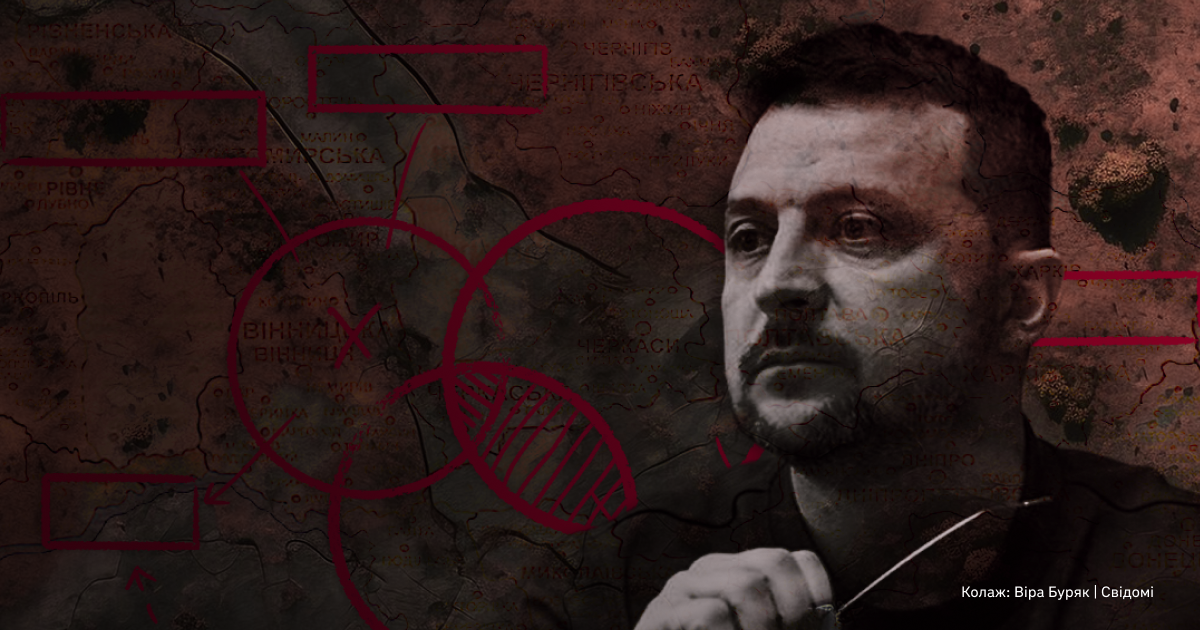
On October 16, 2024, President Volodymyr Zelenskyy presented a victory plan to the Verkhovna Rada. According to the president, it aims to strengthen Ukraine's positions for a just end to the war and to force Russia to make peace.
The plan consists of five steps and three secret appendices. Volodymyr Zelenskyy has already presented the victory plan to US President Joe Biden and US presidential candidates Kamala Harris and Donald Trump. He also presented the plan to British Prime Minister Keir Starmer, French President Emmanuel Macron, Italian Prime Minister Giorgia Meloni, and German Chancellor Olaf Scholz.
Svidomi explains what Volodymyr Zelenskyy's victory plan is and whether it can be implemented.
What does the victory plan contain?
According to Volodymyr Zelenskyy, the first step of the victory plan is an immediate invitation to Ukraine to join NATO. He explained that Ukraine has proven that it can defend the Euro-Atlantic alliance and democratic ideology.
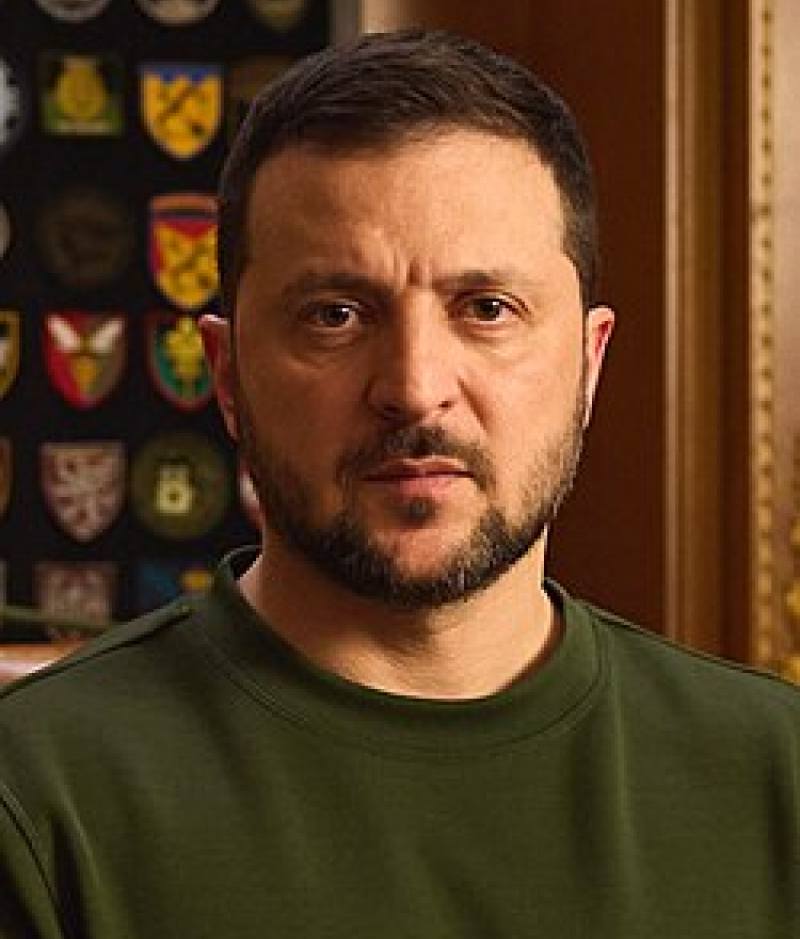
For decades, Russia has exploited geopolitical uncertainty in Europe, particularly the fact that Ukraine is not a NATO member. This has led Russia to violate our security. And now, an invitation to Ukraine to join NATO can become truly fundamental for peace,
the president said.
The second step is the strengthening of Ukraine's defence capabilities. According to the President, this includes continuing the operations of the Ukrainian Armed Forces on Russian territory; increasing the supply of weapons to the Ukrainian Armed Forces from partner countries; strengthening Ukraine's air defences, and lifting partner restrictions on the use of long-range weapons throughout the Russian-occupied territory of Ukraine and on Russian soil. The third step concerns the deterrence of Russia by Ukraine and its partners.
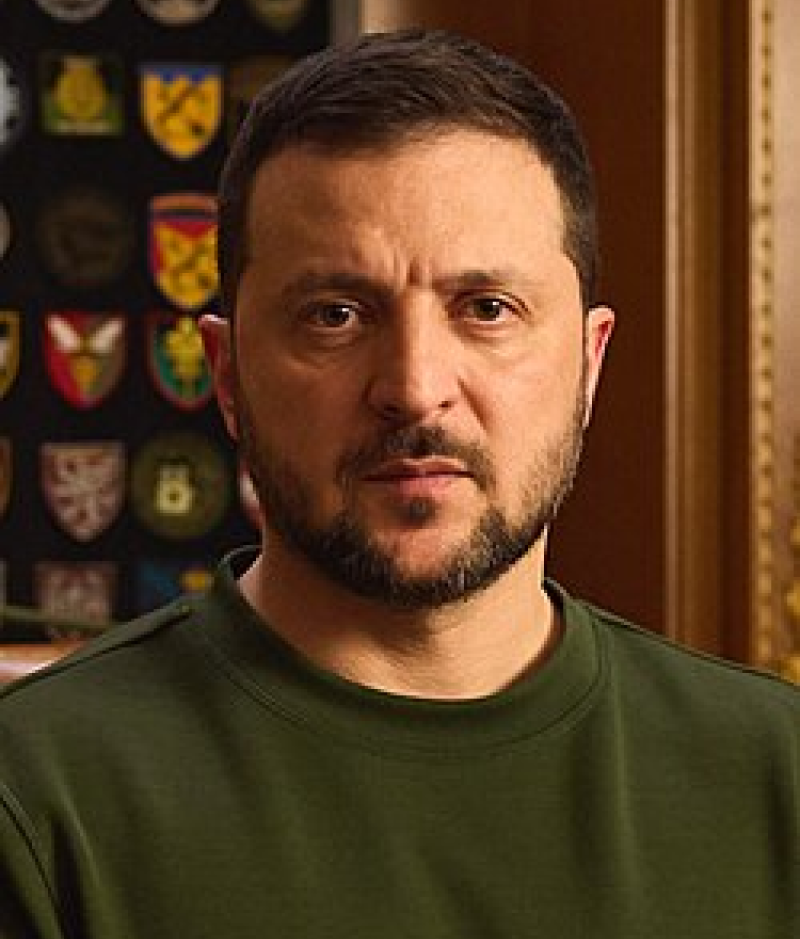
Ukraine proposes to deploy a comprehensive non-nuclear strategic deterrence package on its territory, which will be sufficient to protect Ukraine from any military threat from Russia. This will limit Russia's options to two outcomes: either join a fair diplomatic process to end the war, or lose the ability to continue its aggressive war due to Ukraine's use of the deterrence package against Russia's designated military targets,
Zelenskyy explained.
The fourth step of Ukraine's victory plan is economic growth. Ukraine has many natural resources, including uranium, titanium, lithium, and graphite. Extracting these resources and investing in Ukraine as a state should compete with Russia, which dominates natural resource markets in Europe and other continents. This point also has a classified annex, which is to be shared only with designated partners.
"Ukraine proposes that the United States, together with selected partners, in particular the European Union (of which Ukraine will be a member) and other global partners, sign a special agreement on joint protection of Ukraine's critical resources, joint investment and later use of the corresponding economic potential," Zelenskyy said.
The fifth step, intended for the postwar period, is Ukraine's military and security power role. Zelenskyy explained that he envisions the Ukrainian military not only sharing its real-world combat experience with NATO to strengthen the alliance's defences but also replacing American troops in Europe to "ensure security in Europe."
How Ukraine’s partners and foreign politicians reacted to the victory plan
On October 17, Volodymyr Zelenskyy travelled to Brussels to present the victory plan at a special meeting of the European Council. Ukraine is also preparing for the upcoming "Ukraine-NATO" meeting.
The new NATO Secretary General, Mark Rutte, called the victory plan a "strong signal" during a press conference in Brussels, stating that Ukraine would join the alliance as its 33rd or 34th member.
"Currently, it looks like Ukraine will be the 33rd member. But maybe someone else will join before them. However, Ukraine will be a NATO member in the future. That was decided in Washington. So the question now is the timetable," he told reporters.
Julianne Smith, the head of the U.S. mission to NATO, stated that Ukraine's NATO partners do not plan to invite Kyiv to join the alliance soon.
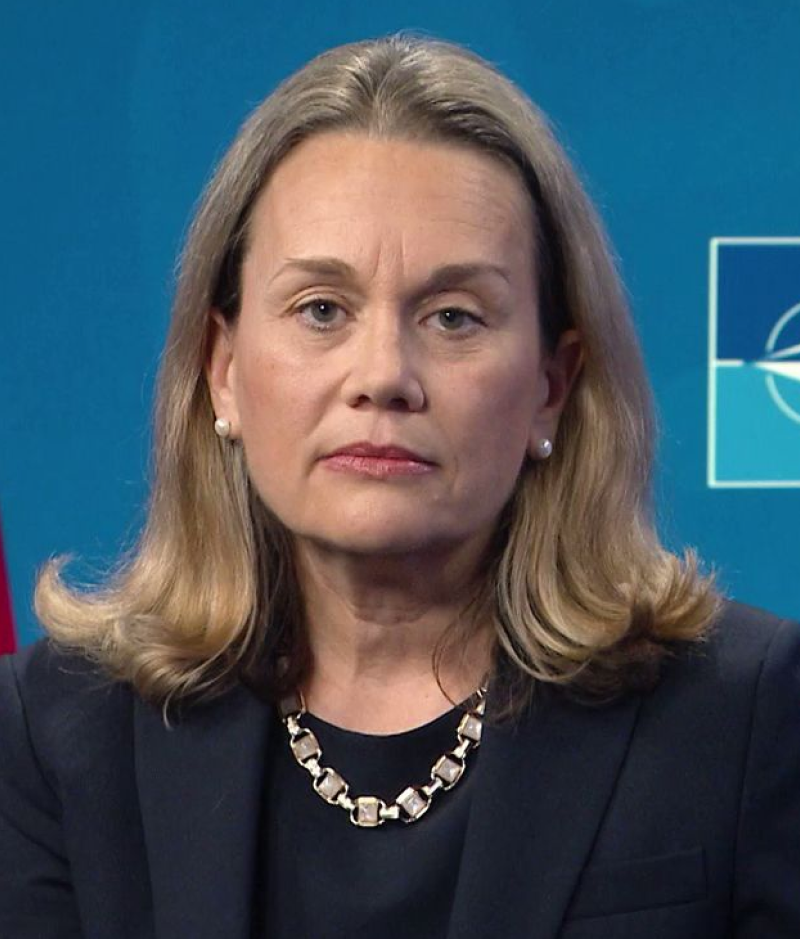
I think NATO's position on this is very clear. We stated at the 75th-anniversary summit this summer that Ukraine is on an irreversible path to membership and that Ukraine will become a member of the Alliance. We are not at the stage where the Alliance is discussing issuing an invitation in the short term. But, as always, we will continue talks with our friends in Ukraine about how they can move toward the Alliance,
she said ahead of the NATO Defense Ministers’ meeting in Brussels.
The White House has not yet confirmed its position on supporting or opposing Ukraine's plan for victory. President Joe Biden's press secretary, Karine Jean-Pierre, said Ukraine must speak for itself on its plan to end the war. "The U.S. will continue to support the Ukrainians on the battlefield," she added.
Instead, France supported Ukraine's victory plan and the first point of the plan — joining NATO. French Minister of Foreign Affairs Jean-Noel Barrot during his visit to Kyiv on October 19 said regarding Ukraine's invitation to NATO, "we are open to it and it's a discussion that we are having with our partners".
Danish Prime Minister Mette Frederiksen supported the Ukrainian victory plan, saying it contained "many really good ideas." He particularly emphasized the strengthening of the partnership between Ukraine and NATO.
"There are still people who are very skeptical about Ukraine's NATO membership. We actively support this from the Danish side," he said, adding, "Russia is now an enemy of all of us, and the victory plan should reflect how dangerous it is.
On October 18, Denmark allocated $350 million in military aid to Ukraine after presenting the victory plan.
Hungarian Prime Minister Viktor Orbán, on the other hand, called the victory plan "more than frightening. He believes that peace talks are needed to end the war, rather than "sending more weapons to Ukraine.
Dutch Prime Minister Dick Schoof announced that the Netherlands would provide over €271 million in artillery shells for Ukraine's defense forces. He also emphasized that Europe must arm itself and produce more weapons to defend itself.
Can Ukraine’s victory plan be realized, and what will it depend on?
Ukraine's victory plan depends on its partnership with allied countries, primarily NATO and EU members. Therefore, its implementation depends not only on Ukraine's will but also on the willingness and actions of its partner countries.
Hanna Hopko, a former member of parliament, co-founder of the International Center for Ukrainian Victory (ICUV), and chairwoman of the board of the National Interests Protection Network "ANTS," said that even the presentation of the victory plan is a significant achievement for Ukraine's leadership.
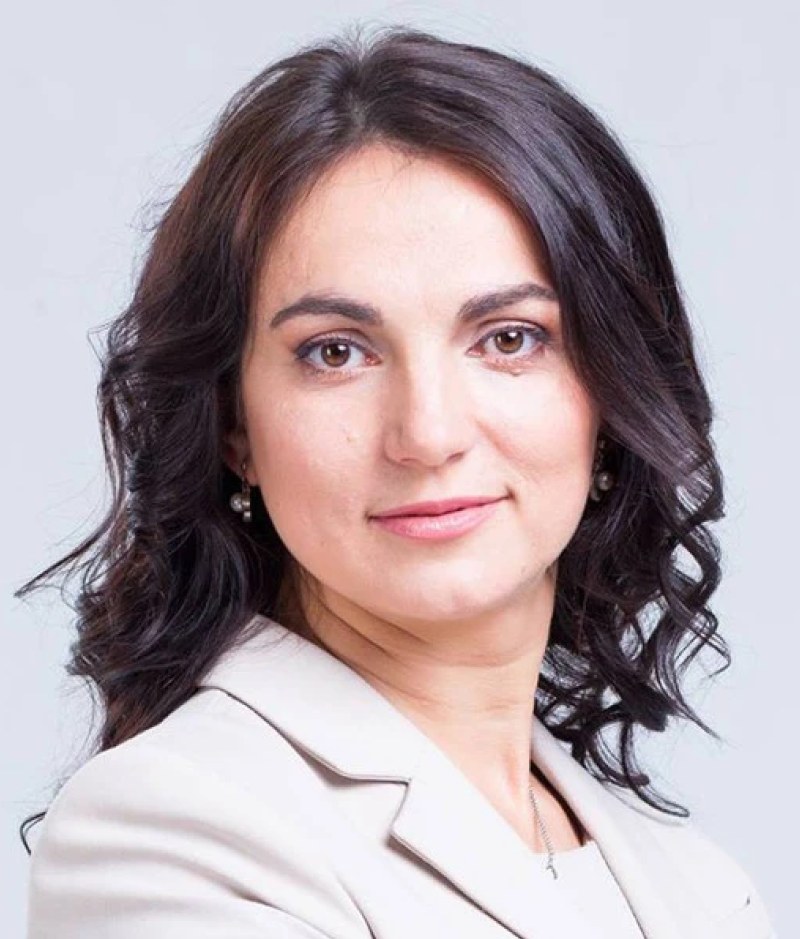
It is important for Ukraine to have a vision and its own perspective. Otherwise, we will face all kinds of 'surrender' plans for Ukraine — Chinese, Brazilian, or Vatican. A coalition of determined countries that want our victory must be formed,
she said.
The second step of the plan is to provide the defence forces with weapons to continue military operations and expand the war into Russian territory. Implementing this point depends on the willingness of Ukraine's partners to accept the conditions.
Ivan Stupak, an adviser to Ukraine's Verkhovna Rada Committee on National Security and Defence and a former SSU officer, believes this step will be challenging to implement.

As for the approval of this plan by partner countries, no partner country will sign or approve this plan. Secondly, Ukraine doesn't have the amount of equipment and ammunition it needs. Yes, they need to be produced, but that will take three to six months, and we need them yesterday. There is also the factor of electoral turmoil in the United States: if either Donald Trump or Kamala Harris is elected and takes office. We already see that the Republicans don't want to vote for aid to Ukraine. There are many factors at work. And I think our Western friends are afraid of the war spilling over into Russian territory because they fear nuclear war,
Stupak explained.
Ukraine's victory plan primarily aims to undermine Russia's economy and military machine. It seeks to ensure that Russia no longer threatens either Ukraine or Europe. Therefore, increasing diplomatic and economic pressure on Russia is crucial, says Hanna Hopko.
"An invitation to NATO is seen as a catalyst for negotiations, as pressure on Putin, who has always said that NATO is his key issue, something he won't tolerate. Economic isolation, increased sanctions, and an embargo on liquefied natural gas from Russia should finally send a clear signal that we see Ukraine as part of our community. This isn't just about Putin anymore; it's about the whole axis of evil. But the NATO invitation isn't the main thing. The main thing is to start accession talks and to have ratification by the parliaments of the partner countries," she said.
The fifth step proposed by Ukraine is aimed at the post-war period. Replacing American troops in Europe with Ukrainian forces should strengthen ties between the countries. And the experienced Ukrainian army will share its knowledge with other militaries, including NATO.
Ivan Stupak believes that this point is intended to show what benefits Ukraine can bring to partner countries in the future.
"As for the Ukrainian army contingent, Ukraine offers a win-win situation. Europeans and Americans, help us defeat Russian aggression, and then we will protect you with our experience. But first, help us. It's an attempt to be useful and important for Western Europe. Because they think in terms of benefits, and here's the benefit: first help us with Russia, and then we'll protect you," he concluded.
For now, Volodymyr Zelenskyy continues to present the victory plan to other countries and alliances. What matters now is what will follow: which countries will support the plan and how many of them will support it.
Hanna Hopko says that even having a plan is a crucial indicator that Ukraine believes in its victory and sees it clearly. But will the partner countries see it, too?
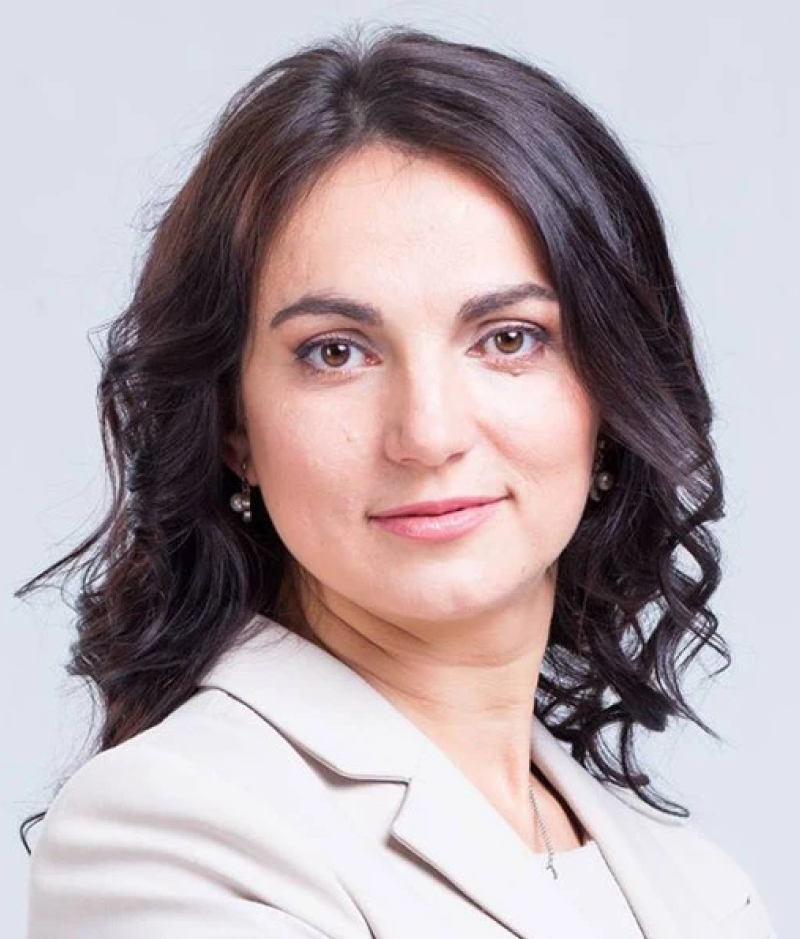
We are approaching the point where those who disguised themselves with good statements were actually waiting for the moment to betray us. That is why resilience within Ukraine is crucial right now. I see all these conflicts and differences. There are those who want us to surrender. That's why it's good that we have this plan and that it includes an invitation to NATO. There are different voices: some understand that there is no other option, and some may try to 'throw a wrench in the works.' That's why we have to continue to do our part,
she concludes.


